"In this article, Hunt Lift Eat team member Elizabeth Brownell shares some insight on how she's implemented the self-climber into her public land mobile hunting attack. Elizabeth has recently joined the Hunt Lift Eat team and is a great addition to our "Women in the Wild" group! You can expect more content from Elizabeth coming soon on the Hunt Lift Eat blog and you can check out Elizabeth on her Instagram and TikTok @rookie_hunting. As always, thanks for reading." -Josh
When I started hunting in 2020, in credit to the Pandemic, I was introduced to the nuances and experiences by friends who owned private land. Equipped with their weapons and stands, I learned a lot and was constantly humbled. But as a stubborn and independent woman, I didn’t like being at the mercy of other people. As the end of my first hunting season approached, my sights were already set on the fall of 2021 and what that would look like for me. I knew I couldn’t rely on others’ parameters for when and how I hunted. Public land seemed to hold the answers I was looking for. The first step was what would mobile hunting look like?

Mobile hunting can be defined as a style of hunting that allows you to set up wherever you want, whenever you want. If you’ve always hunted on pre-hung stands or blinds like I had, you have every right to be a little apprehensive. In recent years, if you have any kind of social media then you’ve had to have seen some saddle hunters praising their Tethrd setup or Cruzr saddle. At the time when I was looking to make my first mobile set up purchase, hunting out of a saddle was not even on my radar. All I knew was that I needed something lightweight that my 130lb 5’4 self could carry on my back for a mile or two max. I turned my sights toward the Summit Mini Viper Self-Climber. I knew absolutely nothing about self-climbers, how to use them or set them up, and without doing much further research, I made the purchase.

Here’s what they don’t tell you about the self-climber:
- 18lbs on your back, does not feel like 18lbs
Cumbersome: adjective: large or heavy and therefore difficult to carry or use; unwieldy.
Even buying the lightest climber I could find, I still have to take frequent breaks if I’m working myself further into public land.
- Take a wrong step over a log and your knees will buckle
It’s not uncommon after talking to other hunters who utilize the self-climber. At first, I thought I was walking with it incorrectly but it seems if you are shorter in stature, the way the climber rests on your back, the bottom of the stand hits the back of your knee perfectly when you are taking larger steps over something or walking up any incline. It will absolutely catch you by surprise the first time it happens, don’t worry though it won’t be the last.
- It’s not as sketchy as other hunters will make it seem
Basic common sense and a safety harness is a good start. But common sense isn’t common, so a bungee cord or some type of attachment kept between the two portions of the self-climber is necessary. I’m sure you’ve seen a video of some guy whose bottom platform fell out from under him and slid all the way down the tree. The bungee cord will keep that bottom platform from falling and leaving you dangling in your tree with no way to get down. I’m afraid of heights and even I prefer the self-climber to a saddle.
- Know your woods
There are certain trees you should be wary about climbing. Any softwood tree that has a smooth surface should be avoided if possible, especially after a good rain. Branches will obviously be an obstacle as will the width of the tree. If it’s wide at the base of the tree and then becomes too narrow the angle of your stand will vary and make it difficult to safely hunt. If the difference isn’t too drastic and you recognize it from the beginning you can adjust for the width loss before you begin your climb. Many hunters avoid pines as well but I personally hunt a lot of heavy pined woods and have never had a problem. In fact their rough and uneven bark give a perfect foundation for the teeth of your climber to sink into and the smell of pine sap is always a welcomed smell.
- It’s not as quiet as you think it will be, but it’s not as loud as what some hunters claim it will be either
I once had a fellow hunter tell me that he couldn’t use a self-climber because where he hunts, he is expecting to see a deer within 30 minutes. A self-climber will make noise, plain and simple. It can sound like more of a ‘clanking’ noise than anything but most noise can be mitigated by taking your time. I’ll admit that I’ve had multiple deer walk in on me as I was setting it up or right after I got settled in my stand, either way they didn’t seem to mind the minimal noise made.
- Ditch your backpack
Because the self-climber goes on your back and is held on by straps, it essentially eliminates the option to carry a backpack. A binocular harness or a fanny pack is a great alternative and works perfectly. If I have extra layers I don’t plan on wearing into the woods, then I usually tuck them in the seat of the climber so I don’t have to worry about carrying anything. Then my hands are free to hold my bow or muzzleloader. If you don’t like the straps that come with the climber you can always upgrade them to something more comfortable.
Making the Switch to Mobile Hunting… is worth it..
If you’re looking to make the switch to mobile hunting and don’t know where to start, self-climbers are an easy piece of equipment to buy with plenty of options available on the market. They can range from 15 to 30 pounds and you can buy one from anywhere around $100 to $400. Regardless of which one you decide to purchase, they’ll be a game changer for the avid hunter making it easy for anyone to dive into public land hunting.



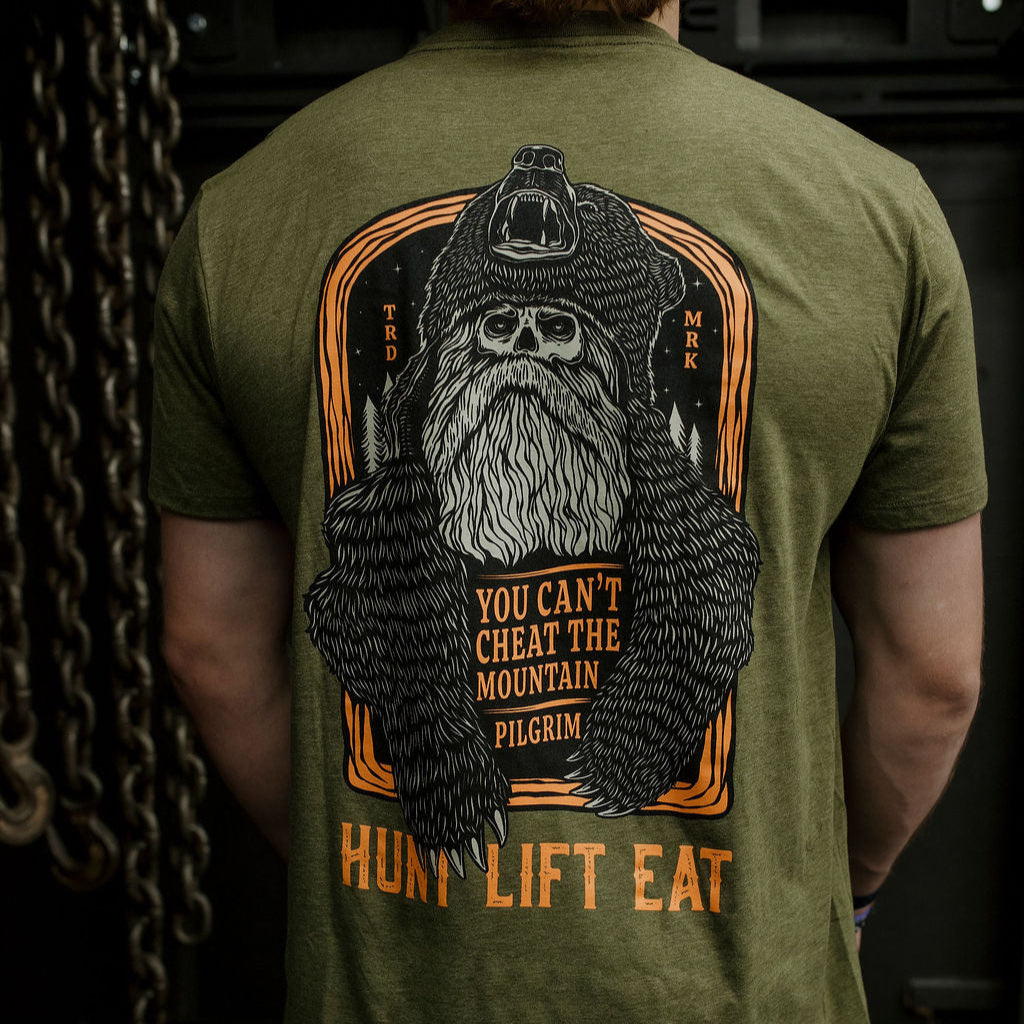

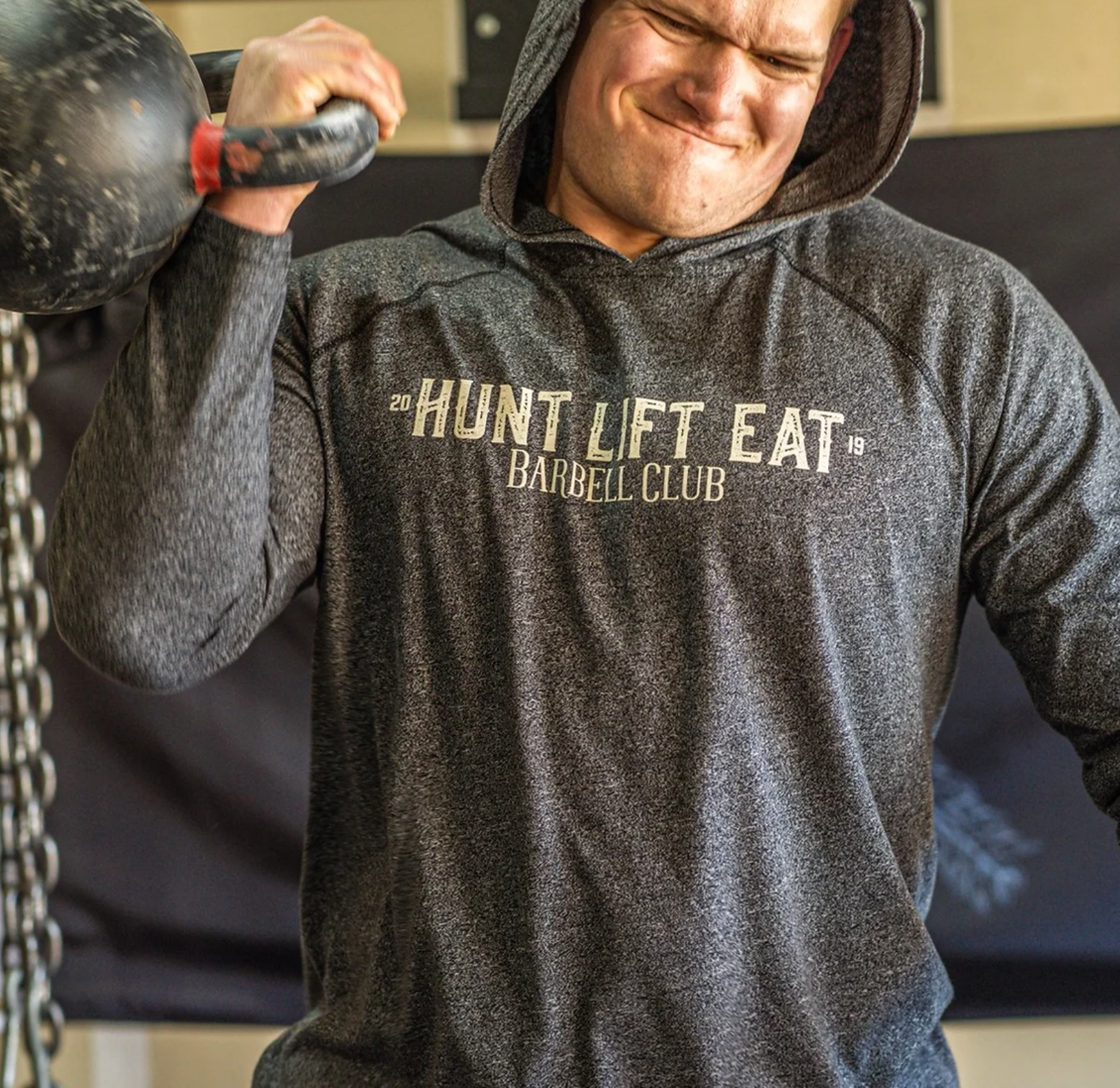
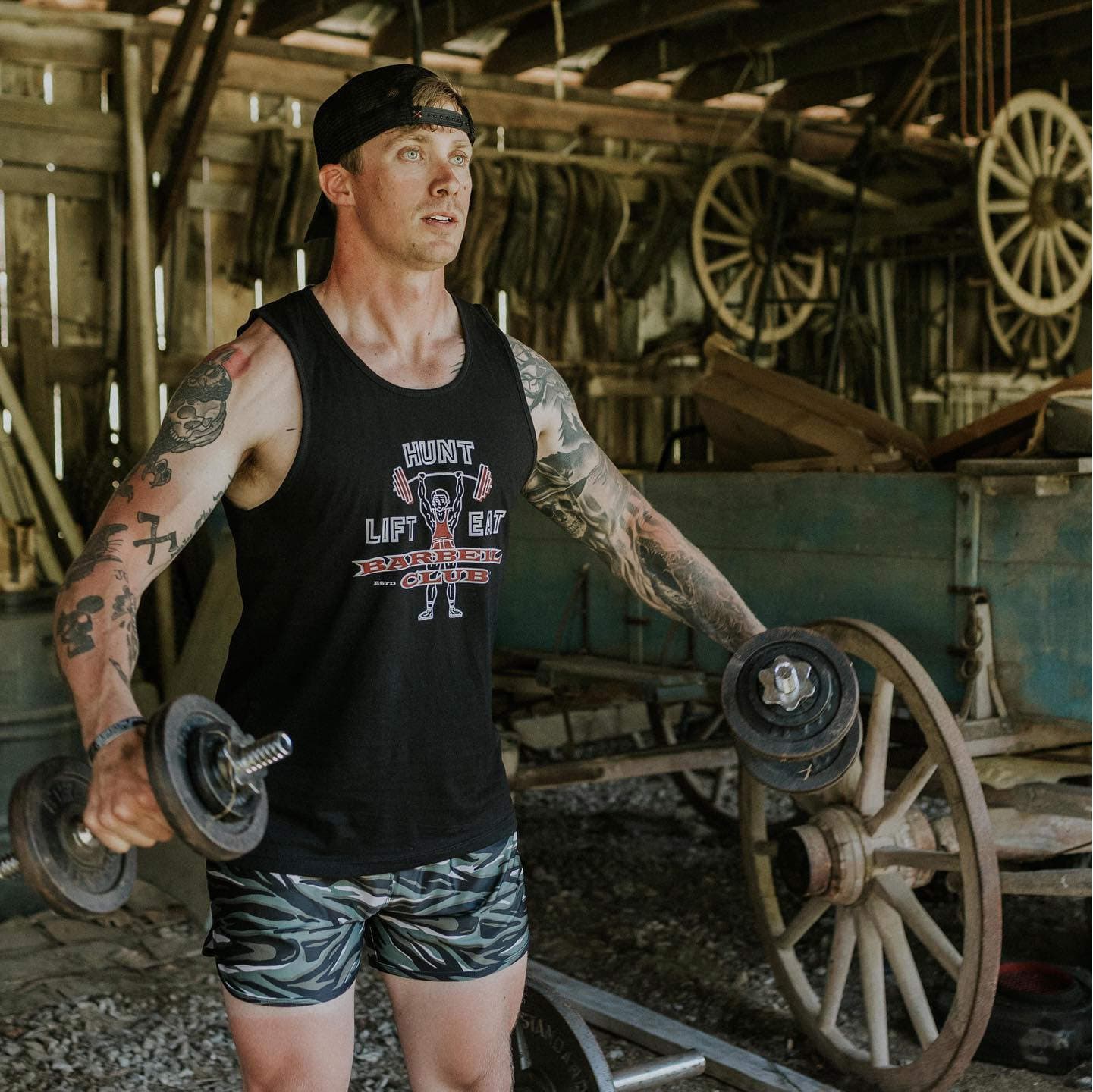
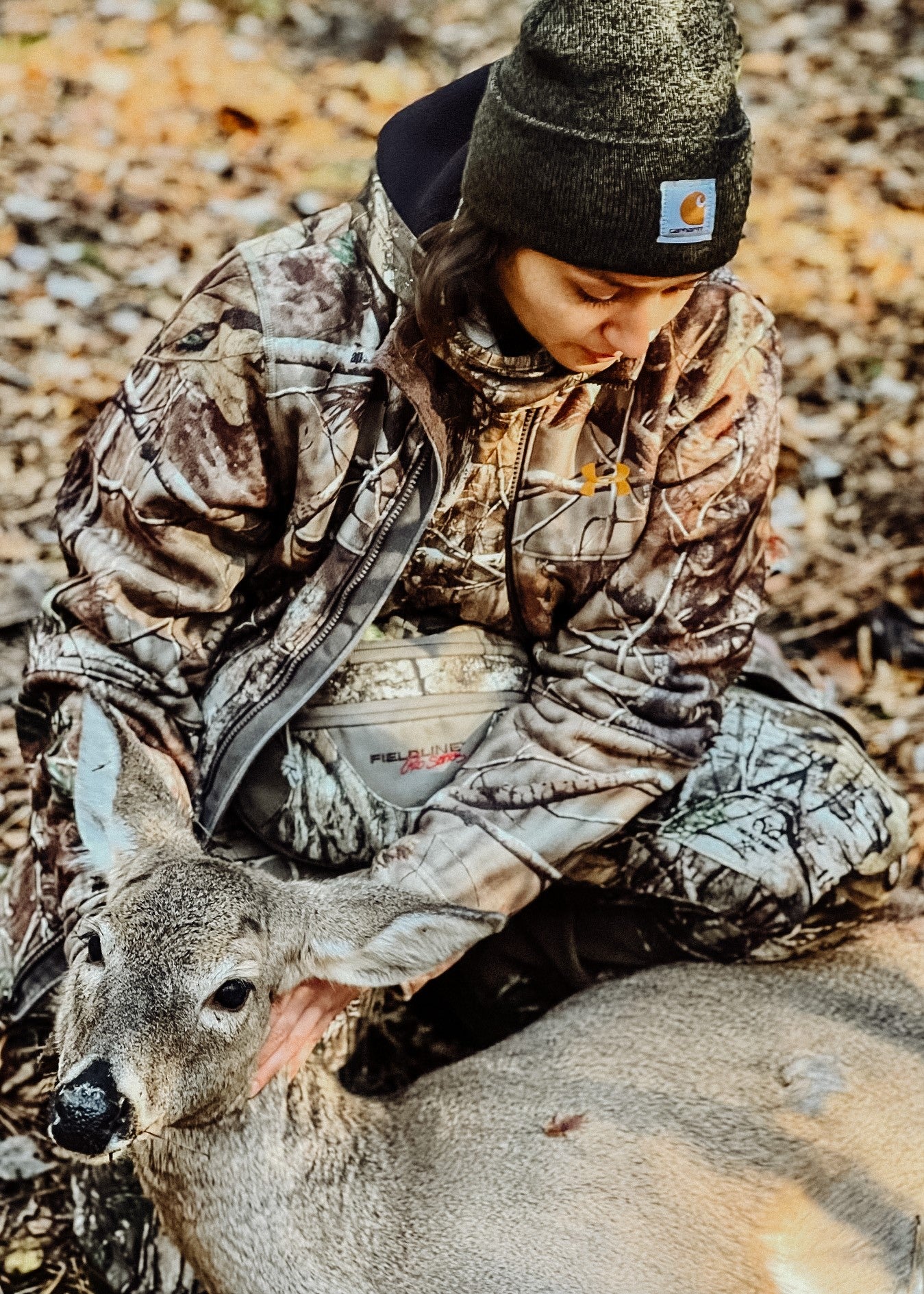
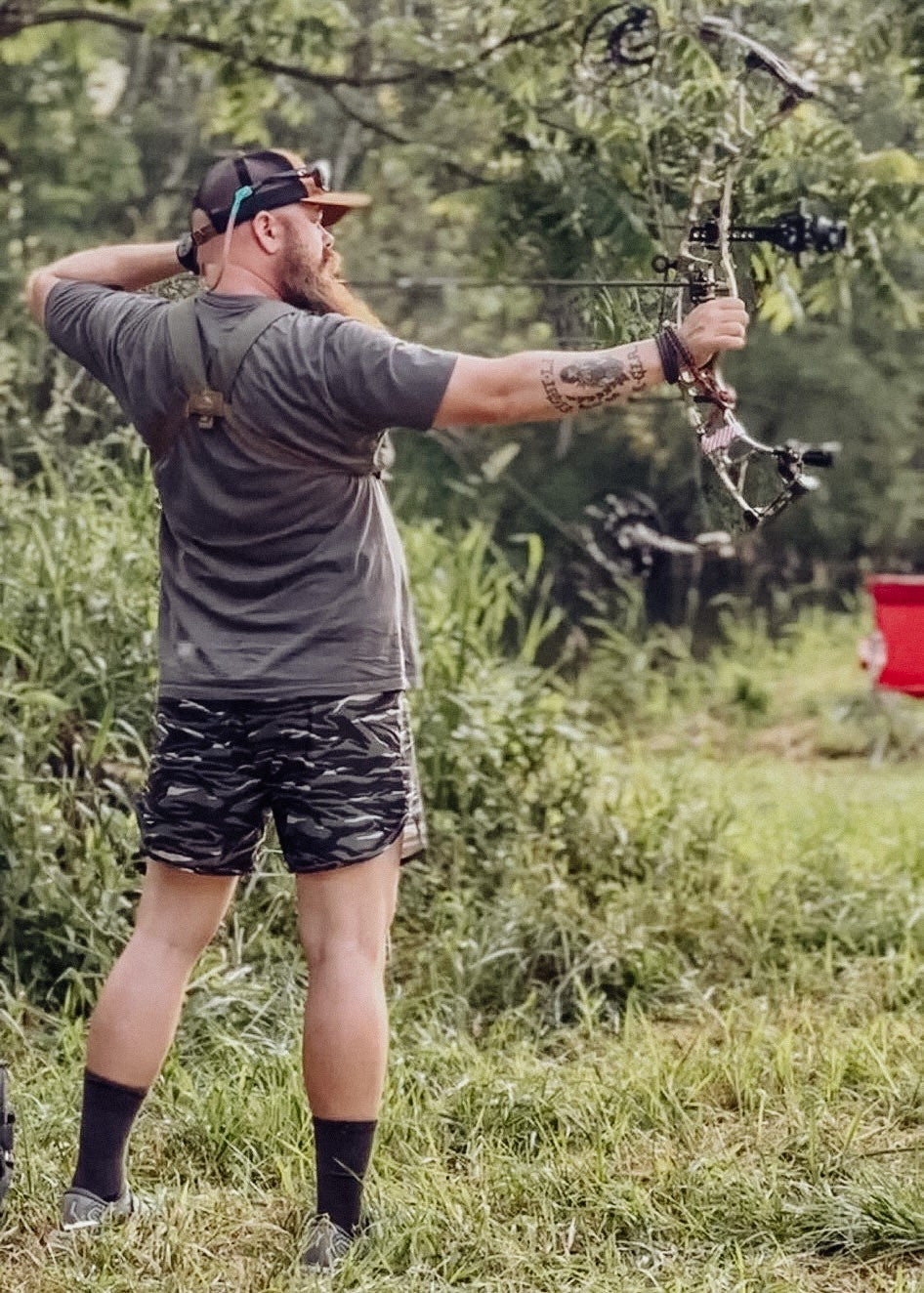

Leave a comment
This site is protected by hCaptcha and the hCaptcha Privacy Policy and Terms of Service apply.